Остров РождестваChristmas IslandНа карте мира Map19, 20 июня, 11–14 июля 2014 June 19, 20, July 11–14, 2014 Сюда оказалось сложно попасть. К нашему прилету разыгрался шторм. Мы кружили полтора часа, рисуя в небе канцелярские скрепки, надеясь на хорошую погоду, но пришлось вернуться обратно. Getting here proved difficult. A storm broke out just as we were about to land. We circled in the air for an hour and a half, drawing paper clips in the sky and hoping for the weather to clear up, but in the end we had to turn around and go back. 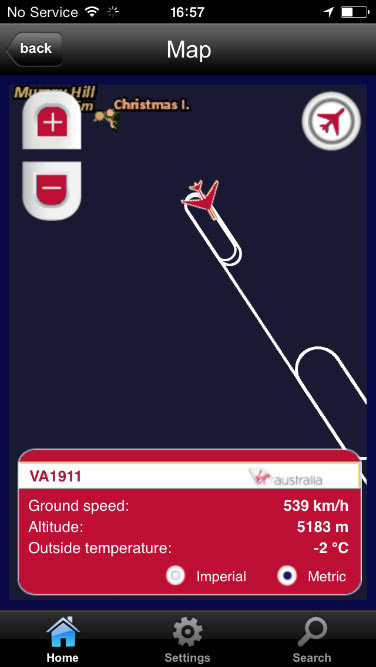 Через три недели прилетел сюда еще раз. А здесь решили немного подлатать взлетно-посадочную полосу. Подлатали. Потом пошли тропические дожди. И заплатка не затвердела. Наш самолет при посадке пропахал борозду на свежеотремонтированном участке, и аэропорт оказался закрыт на три дня, пока местные рабочие не нашли какой-то более надежный материал для заделки. Three weeks later, I flew here once again. In the meantime, they had decided to patch up the landing strip. But then the tropical rains came. And the patch didn’t harden. Our plane plowed a furrow through the newly-repaired segment as it landed, and the airport was subsequently shut down for three days until the local workers found a more reliable material for the patch. 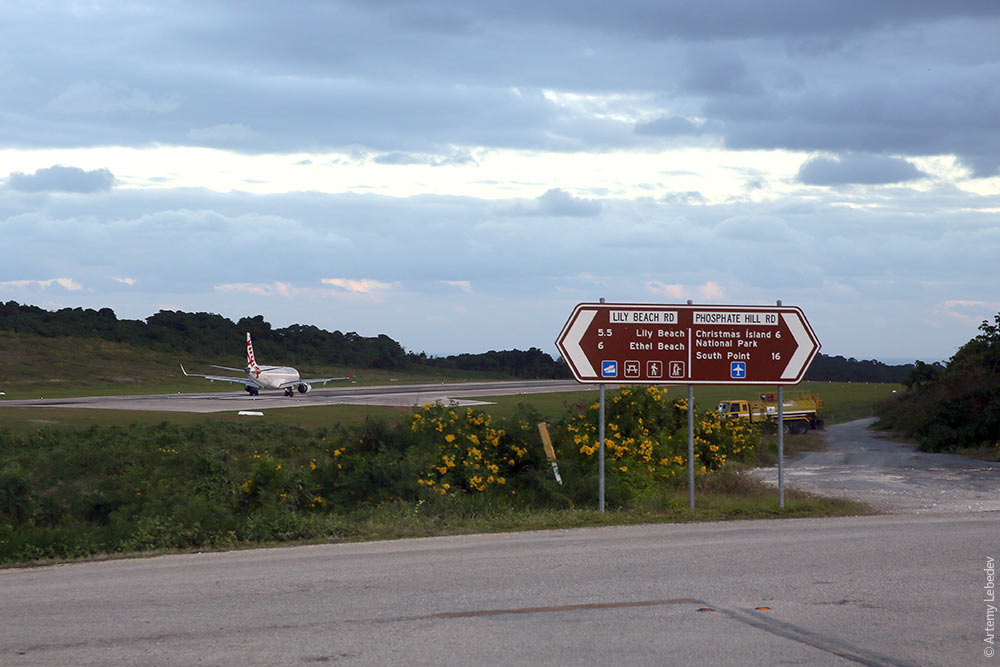 Остров Рождества должен бы называться Крабовым Островом. Christmas Island should have been named Crab Island. 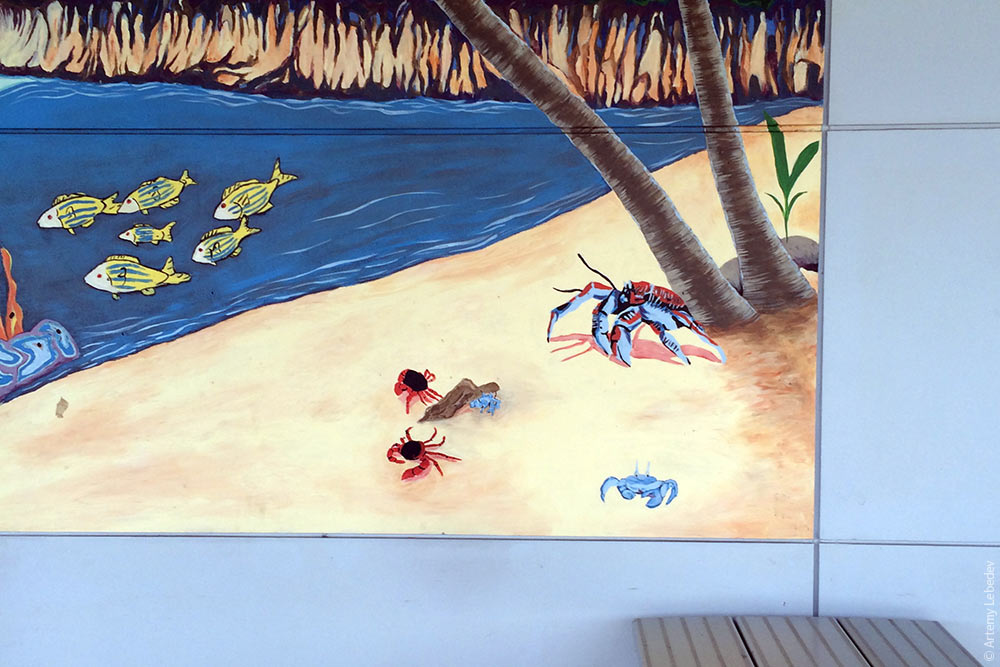 Крабы тут везде. There are crabs everywhere here. 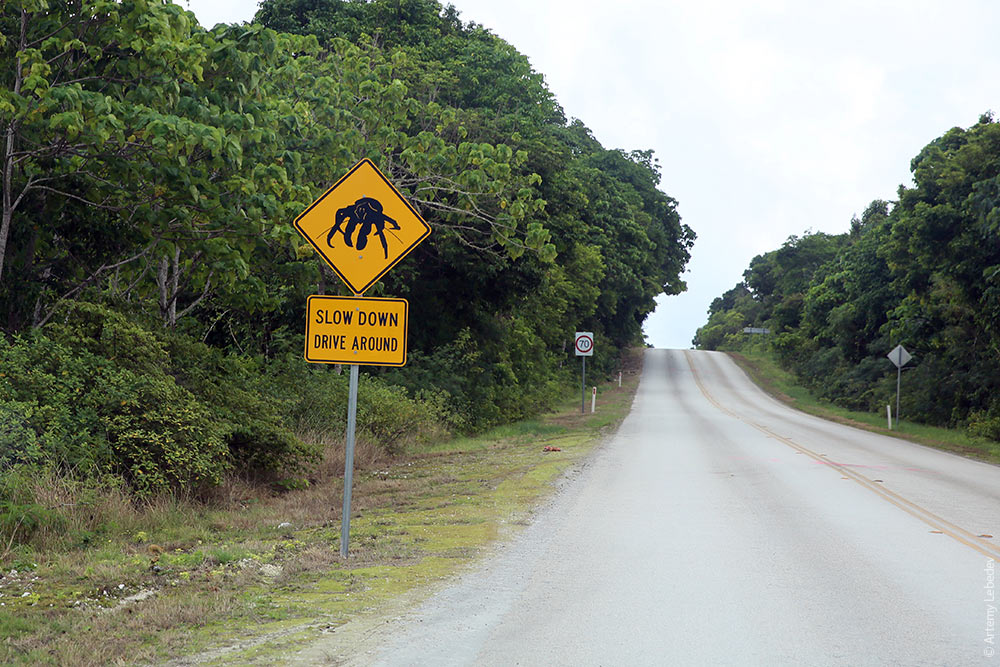 Везде просьбы не давить крабов. Along with pleas not to run over the crabs. 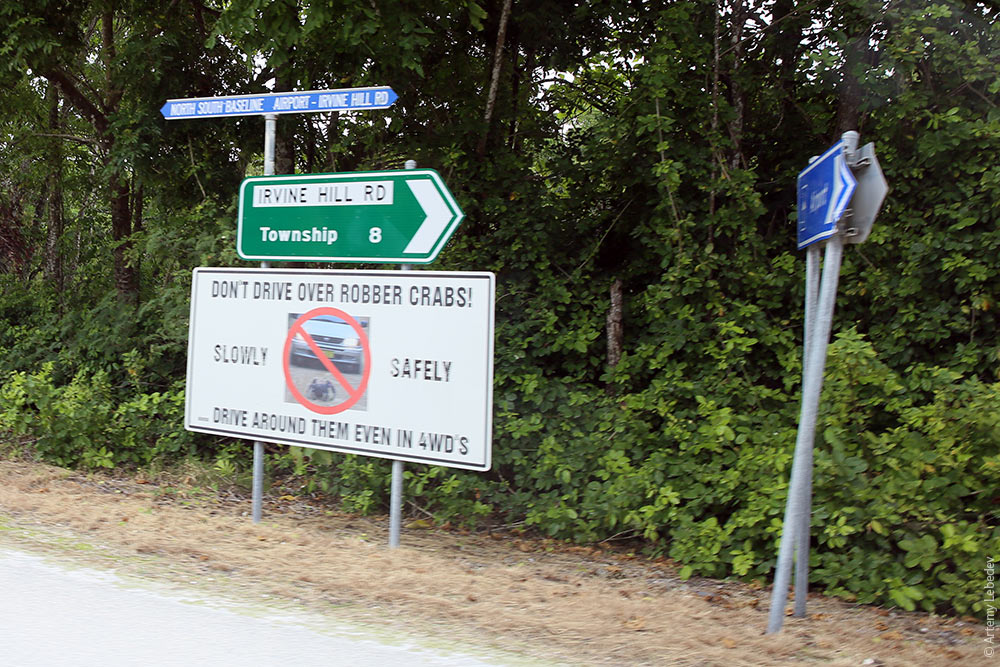 Во всех заметных местах информационные щиты, на которых указано, какие дороги полностью закрыты. Раз в год на несколько дней закрываются вообще все дороги — когда у крабов сезонная миграция. Signs with information on crab-related road closures are set up in every conspicuous location. Once a year, during the crabs’ seasonal migration, all the roads on the island are shut down for several days. 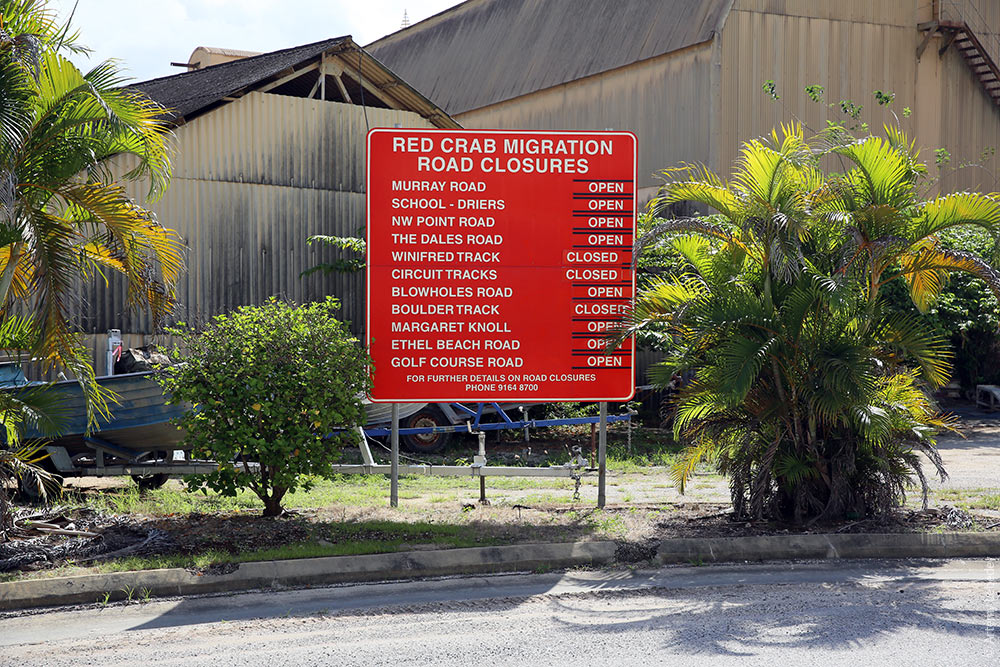 На автомобильном номере — краб. The license plates feature a crab. 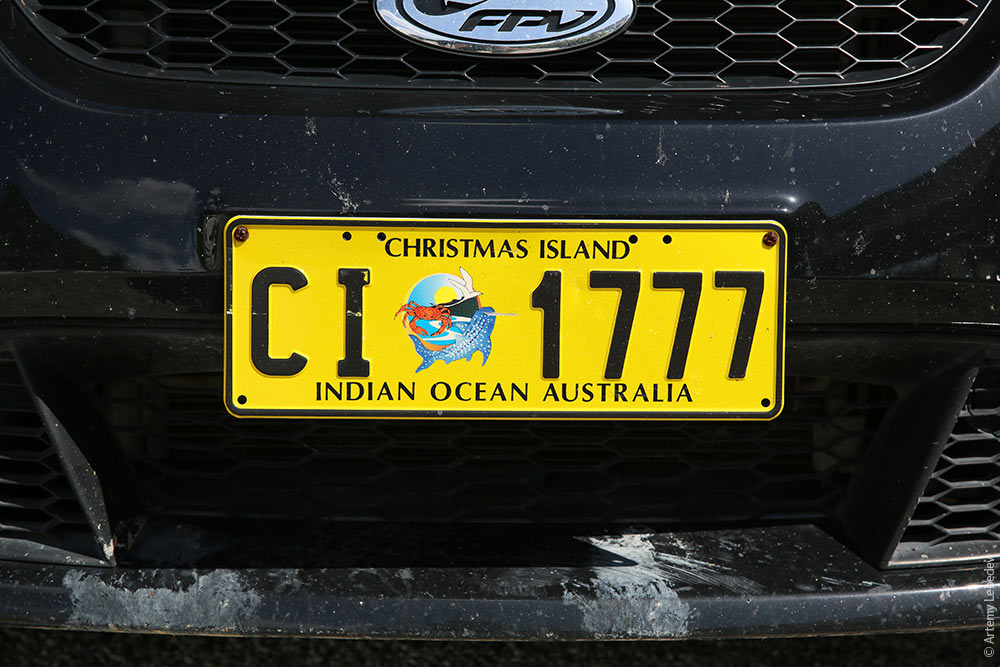 В мае на дорогах погибло 54 краба. Невосполнимая утрата. Fifty-four crab road fatalities in May. An irreparable loss. 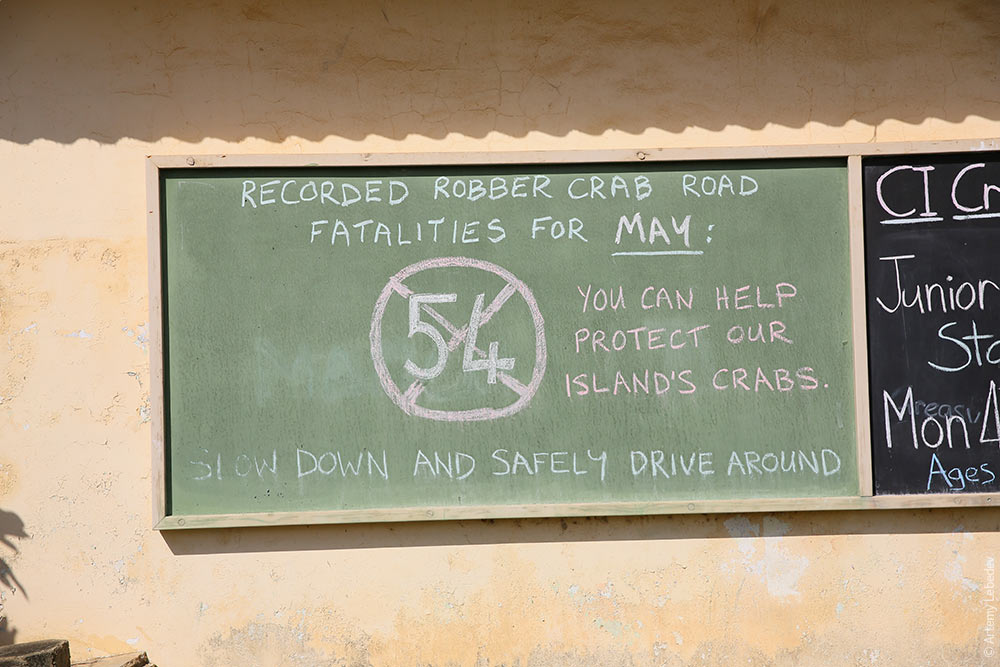 Картографическая аналитика показывает, в каких местах острова произошли смертельные случаи. A cartographic analysis of the fatalities’ geographic distribution across the island. 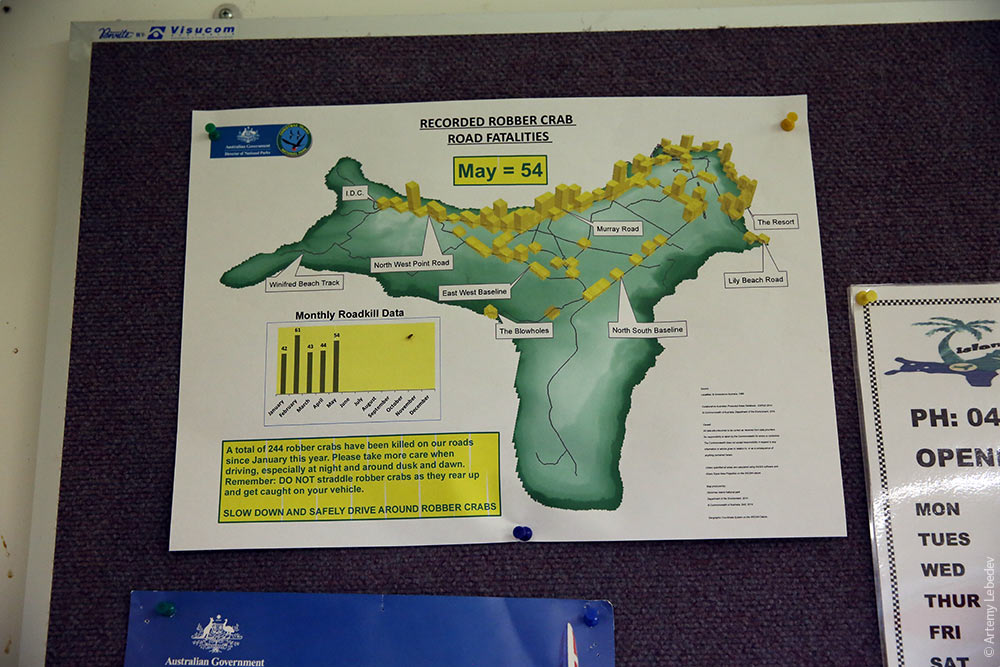 Наклейка на бампере призывает не давить крабов, а сгребать их в сторону садовыми граблями. A bumper sticker urges people to rake crabs out of the way rather than turning them into crab cakes. 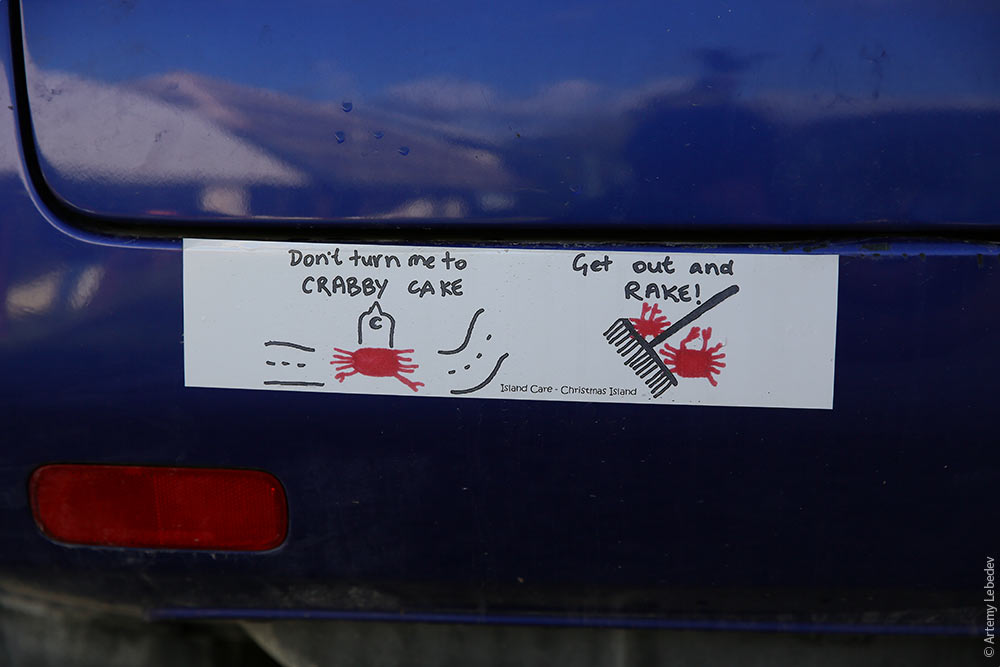 Те, кто ездят в дальние уголки острова, возят с собой эти грабли. Those who travel to remote corners of the island take a rake with them. 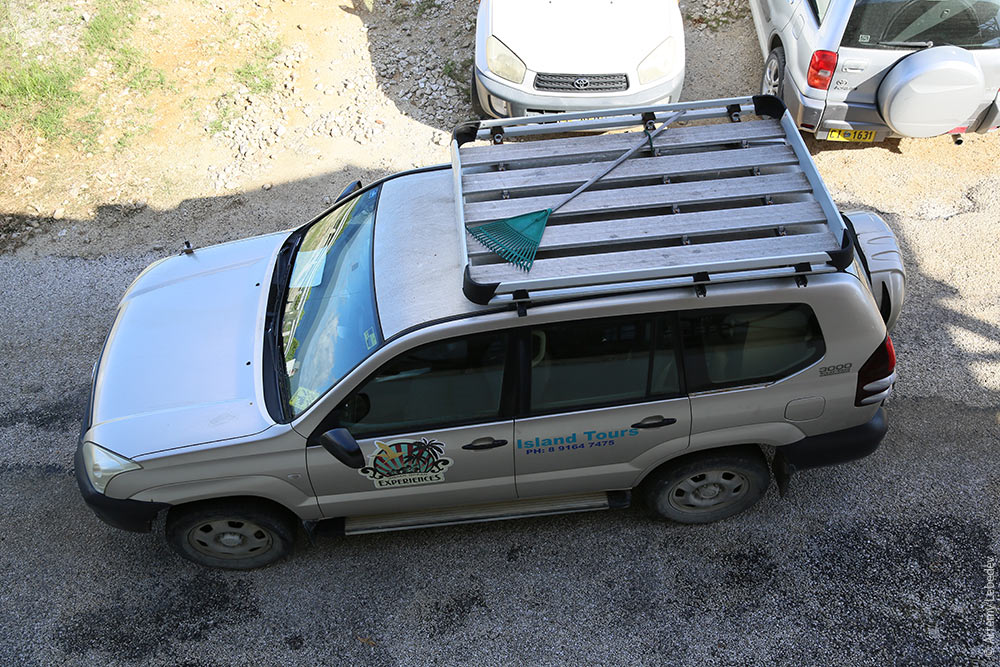 Дальше ехать нельзя — крабы. Road closed ahead due to crabs. 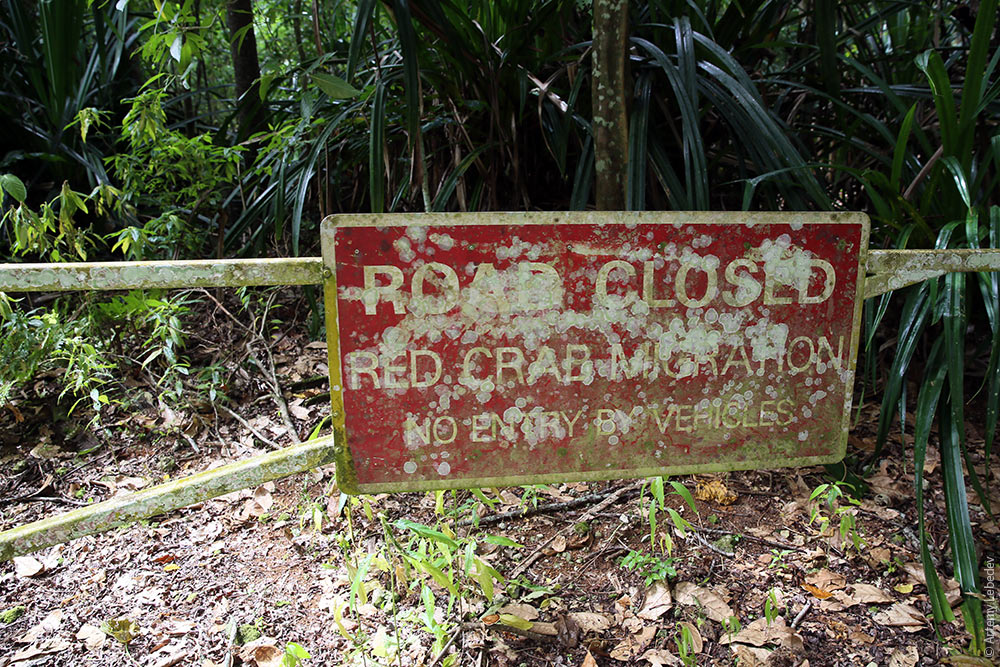 Во многих странах встречаются решетки на дорогах (см. Исландию, Намибию или Фолкленды), но там они для домашнего скота. На Острове Рождества решетки — чтобы крабы не ползали дальше по шоссе. You can find metal grids on the road in many countries (see Iceland, Namibia or the Falklands), but they’re there to stop cattle. On Christmas Island, the grids are there to prevent crabs from crawling further down the road. 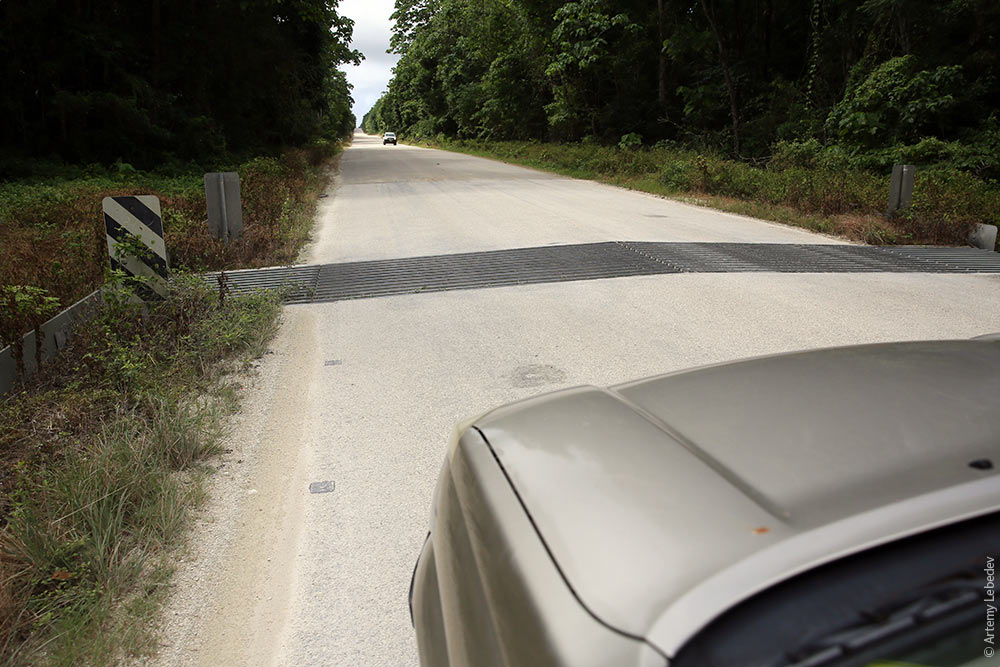 Тут есть даже специальные мосты, чтобы крабы могли переходить дорогу без смертельного риска — такого больше нет нигде. There are even special bridges so that crabs can cross the road without risking their lives. You won’t find anything like this anywhere else. 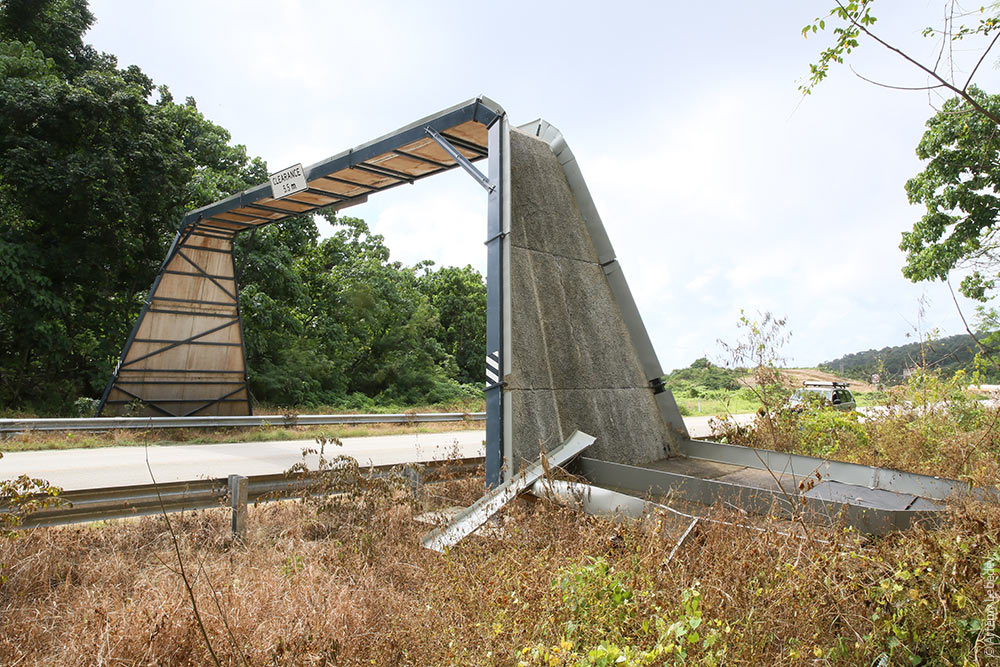 Заходишь в лес — а там крабы. You walk into the forest—and see crabs. 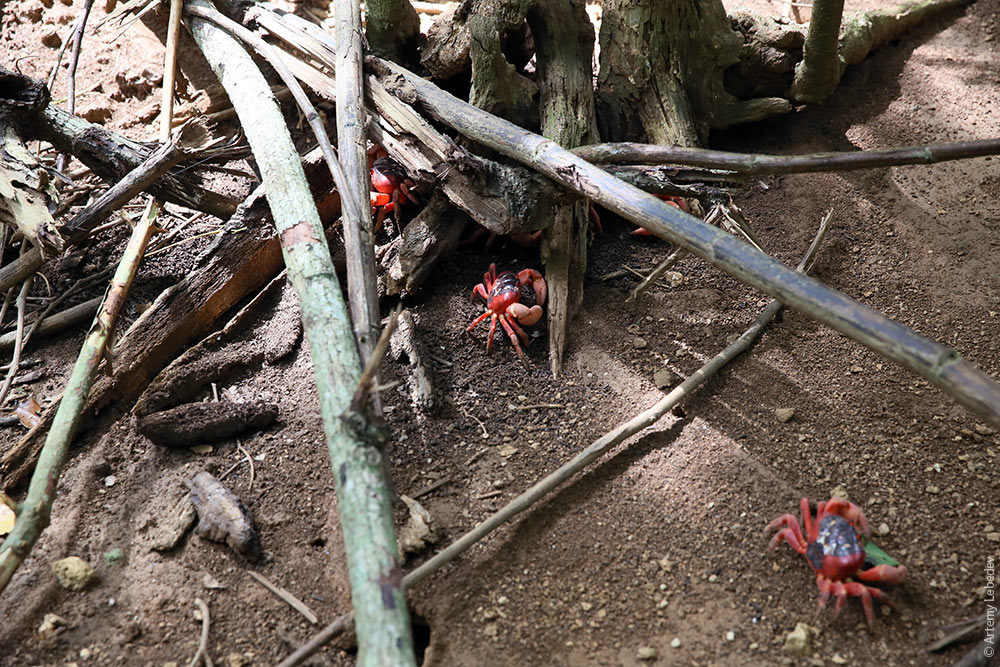 Много крабов. Lots of crabs. 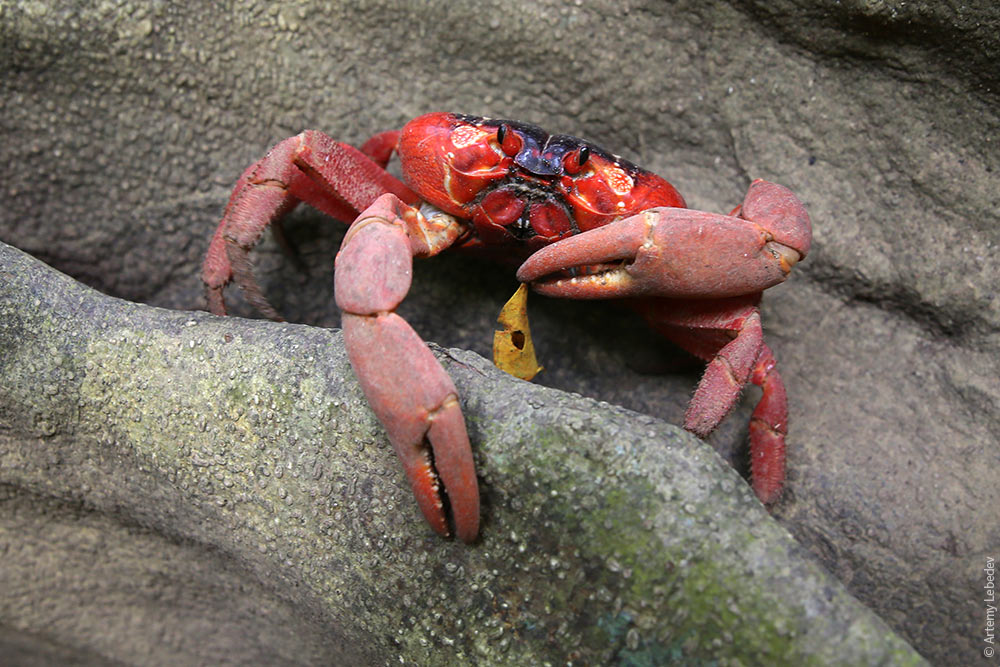 А иногда птицы с глазами. And, sometimes, birds with intense eyes. 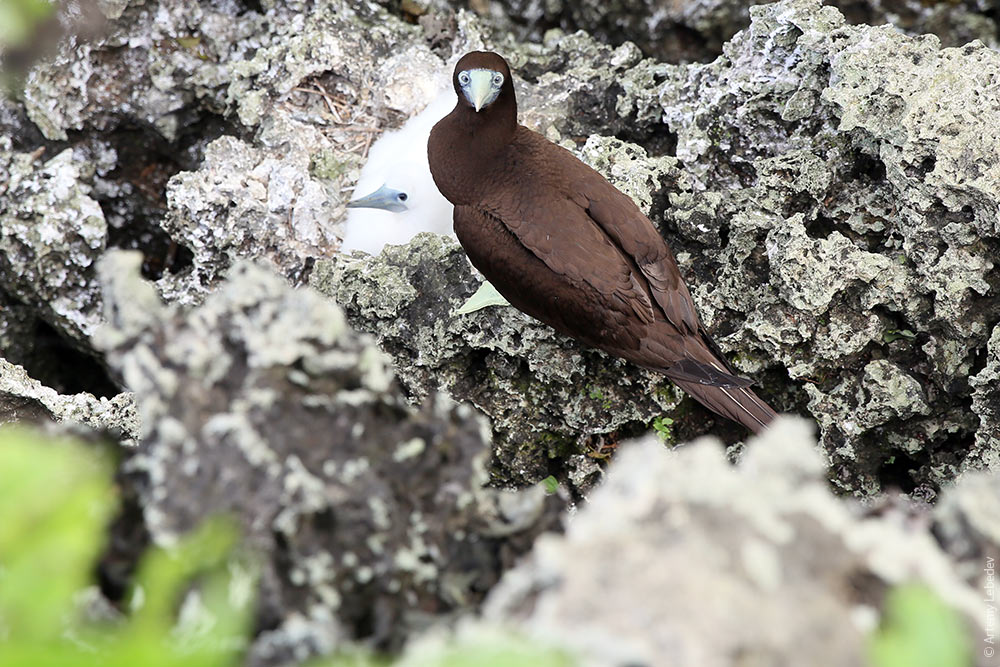 Главное поселение острова называется Сеттлмент (Поселение). The main settlement on the island is called The Settlement. 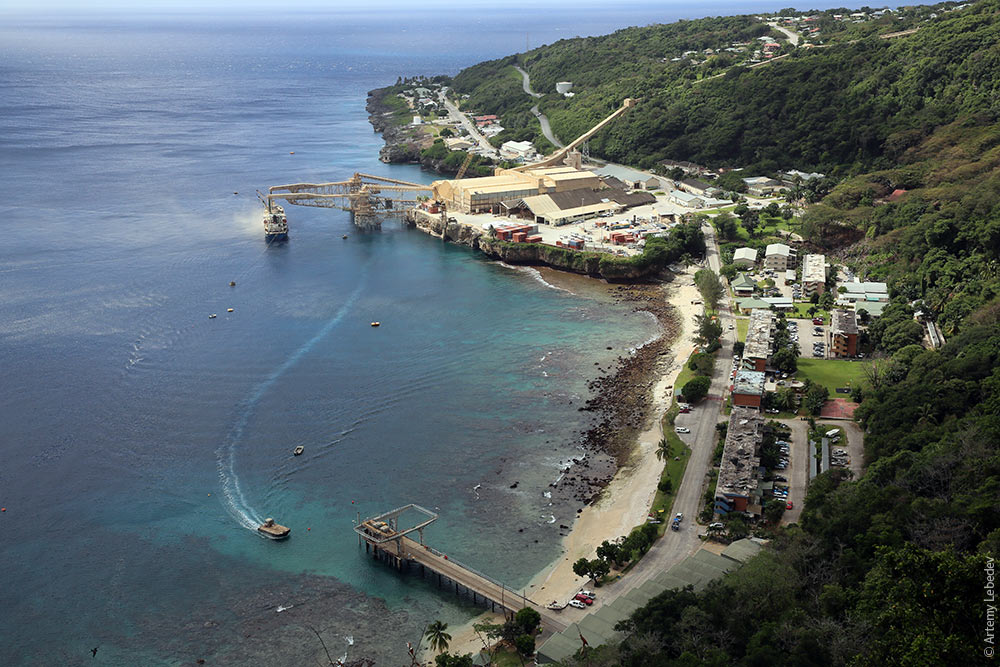 С точки зрения капитализма главная ценность острова в добыче фосфатов (как и на Науру). Их выкапывают в карьере, а потом загружают в корабли через специальный терминал, который является самым крупным объектом на острове. From a capitalist perspective, the most valuable thing about the island is its phosphate deposits (the same goes for Nauru). The phosphate is excavated from open pits and then loaded onto ships via a special terminal, which is the largest structure on the island. 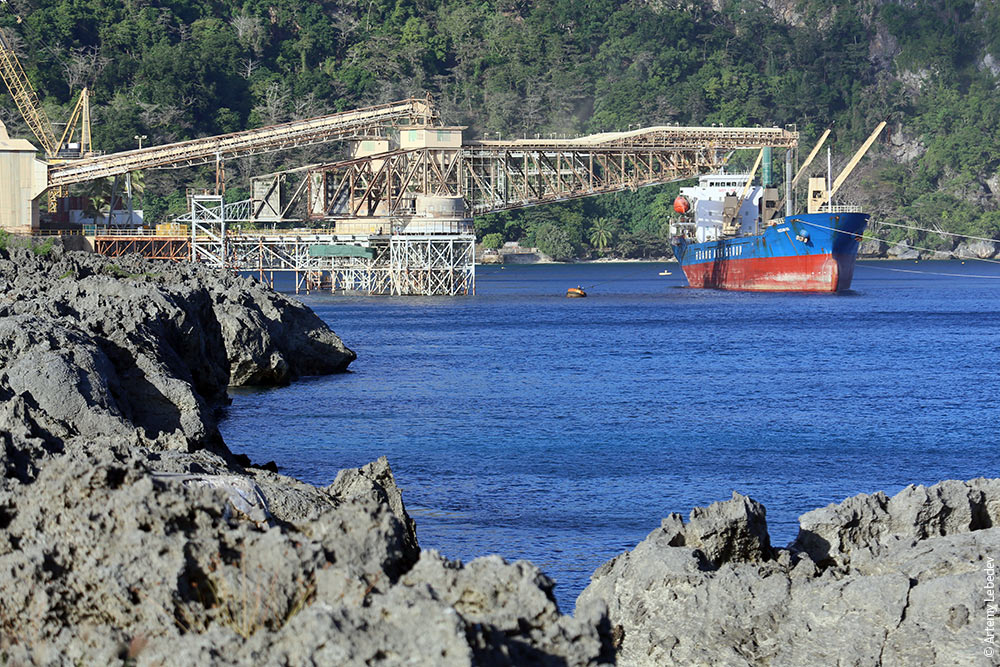 Иногда грузят не в насыпку, а в специальных мешках, тогда в городе меньше пыли. Но в мешках дороже, так что не все покупают. Sometimes the loose phosphate is packed in bags before shipping, which means less dust in the city. But the bagged phosphate costs more, so not everyone buys it. 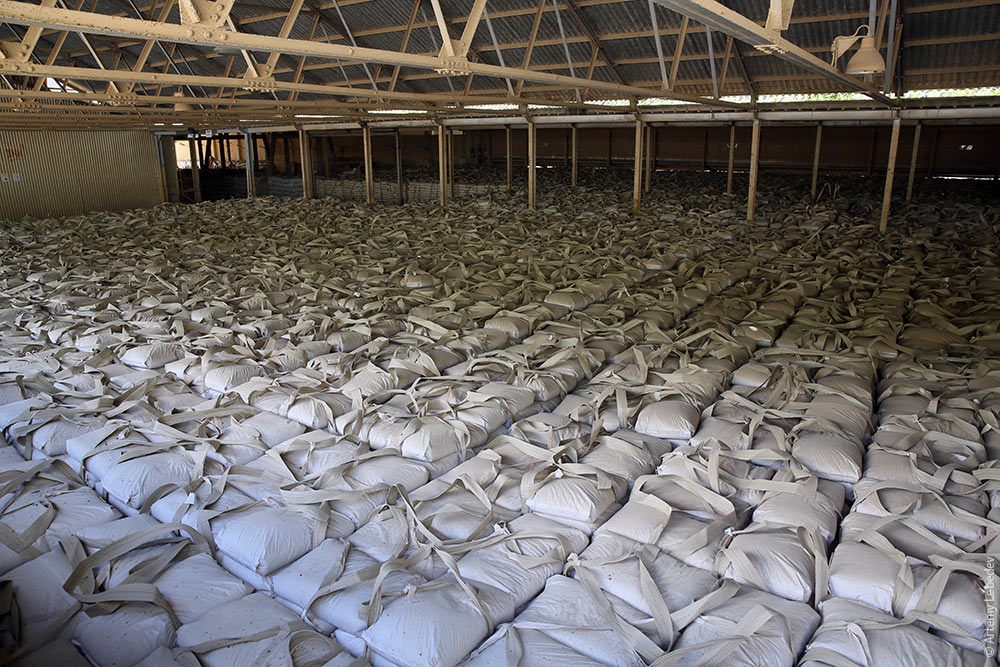 Рождественские мусорные баки — стандартные европейские. Christmas Island uses standard European trash dumpsters.  До и после пешеходного перехода специальные мешатели парковать автомобили — треугольные островки. Special triangular anti-parking islands on both sides of the crosswalk. 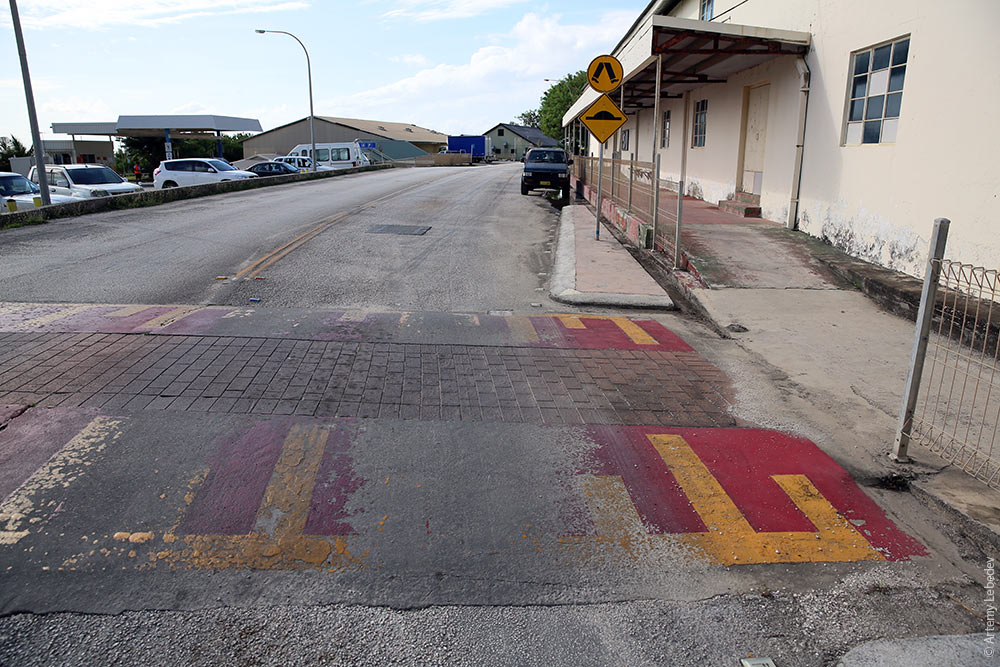 Почта. The post office. 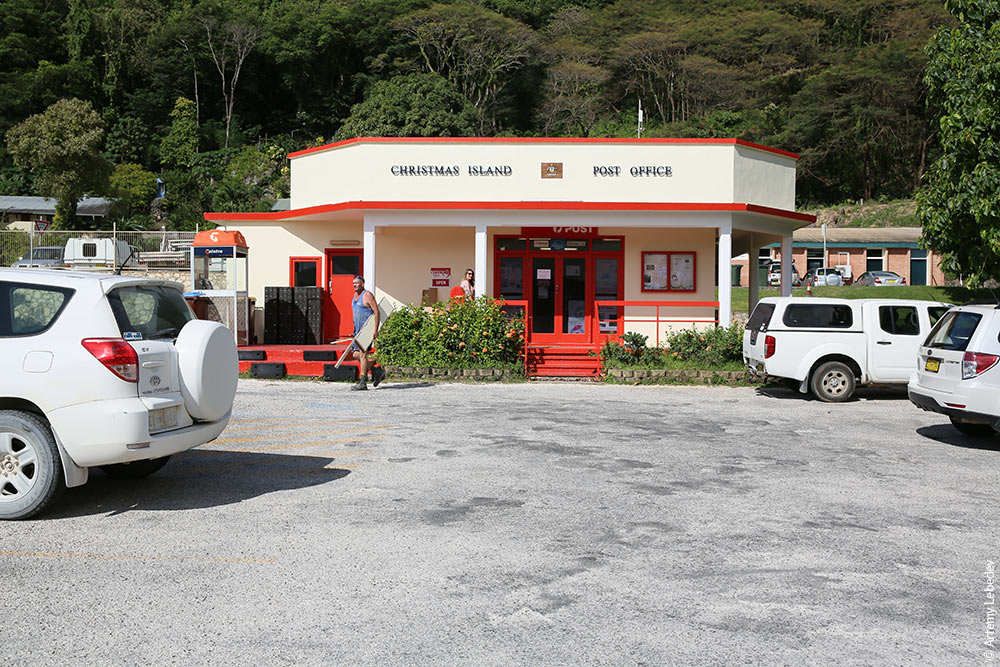 Почтовый ящик. A post box. 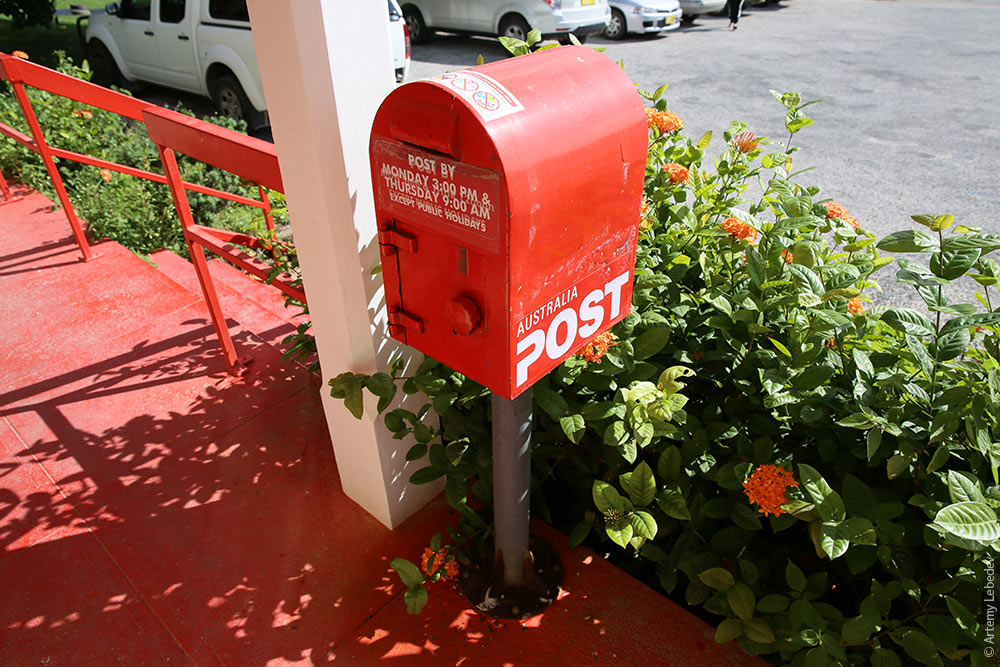 Электрические счетчики. Electricity meters. 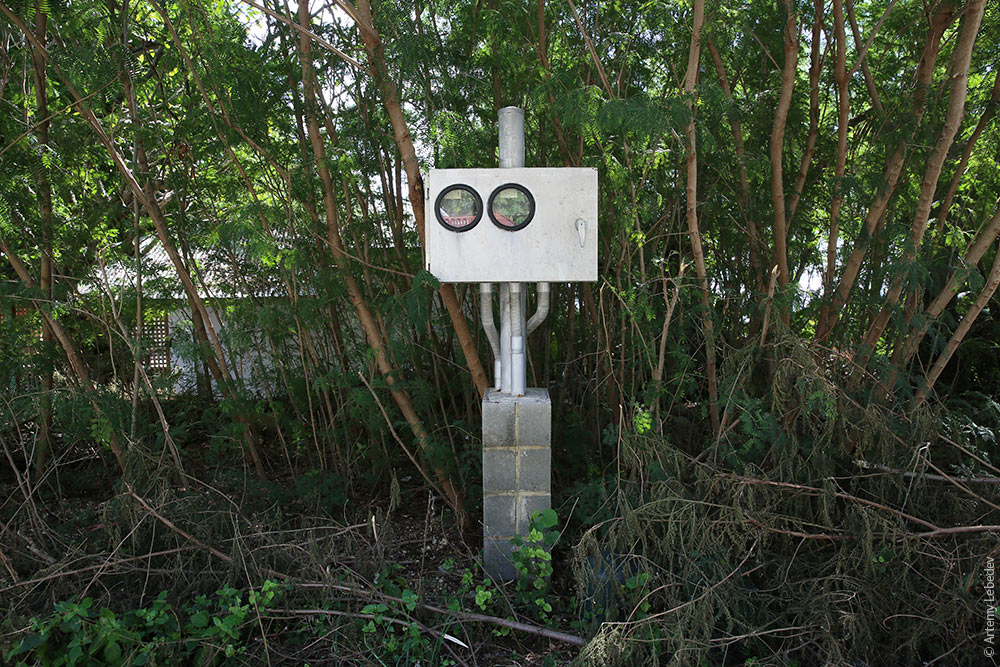 Тут живет много китайцев. Many ethnic Chinese live here. 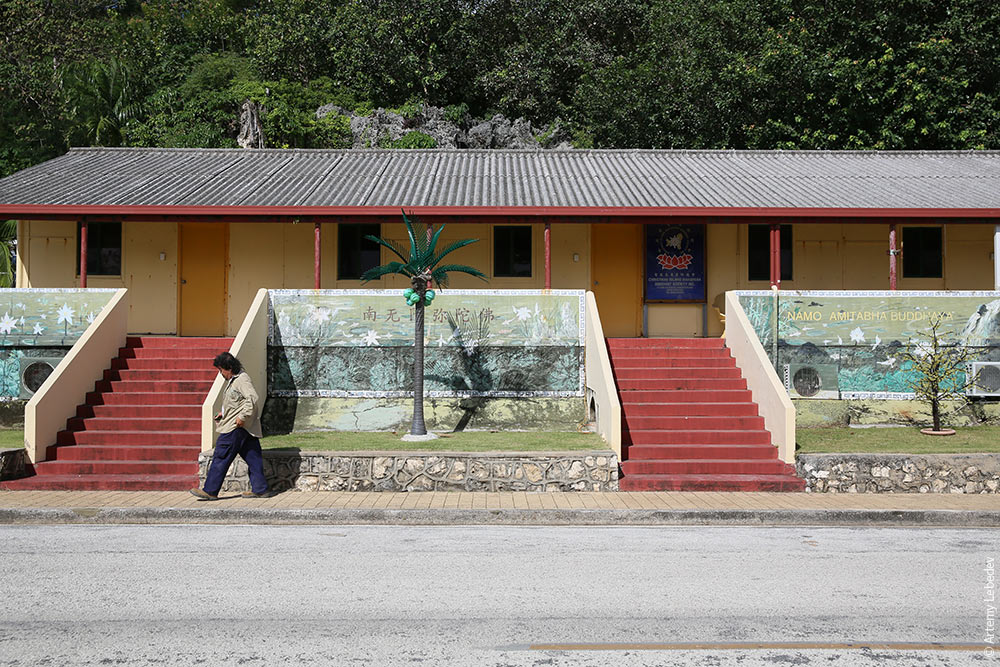 Есть старое китайское кладбище. There’s an old Chinese cemetery. 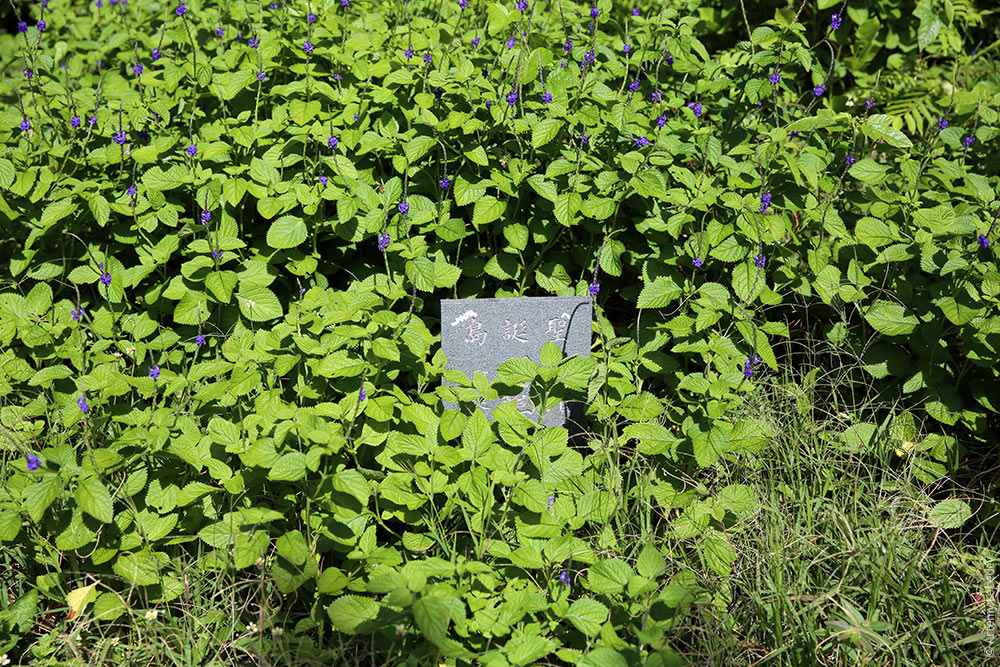 Была железная дорога для работников фосфатного комбината. There was once a railway for the phosphate mine workers. 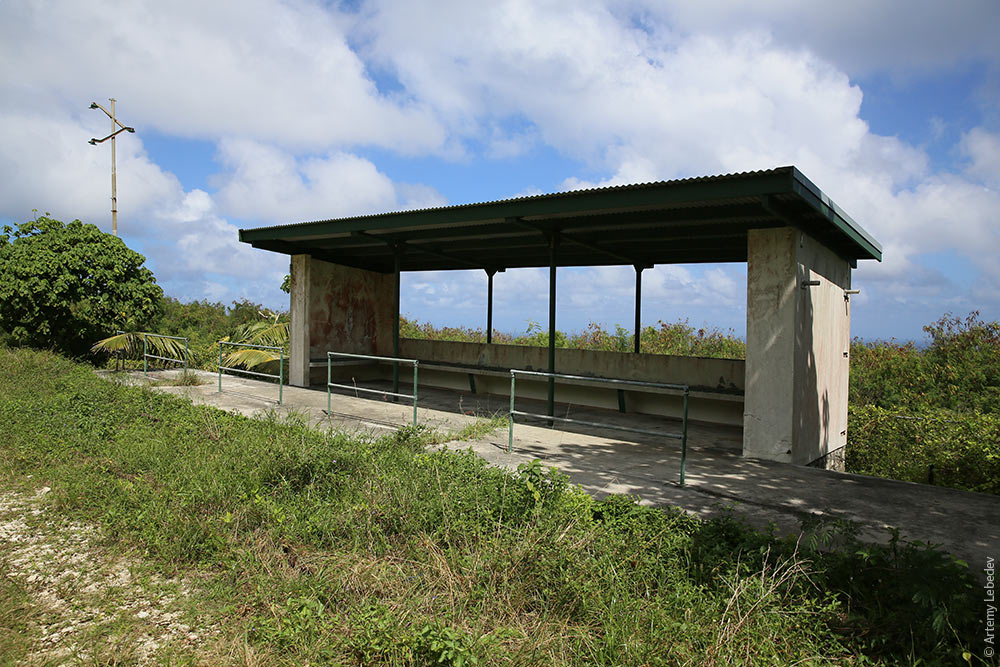 Рельсы в траве уже почти и не видны. Now you can barely see the rails in the grass. 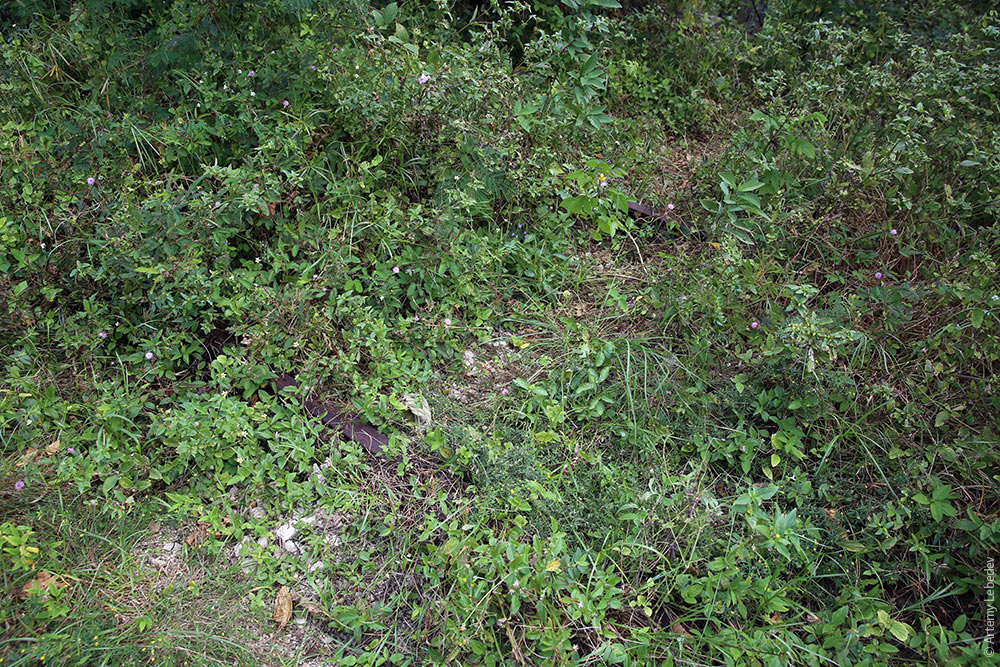 Тут все быстро зарастает. Everything grows over quickly here. 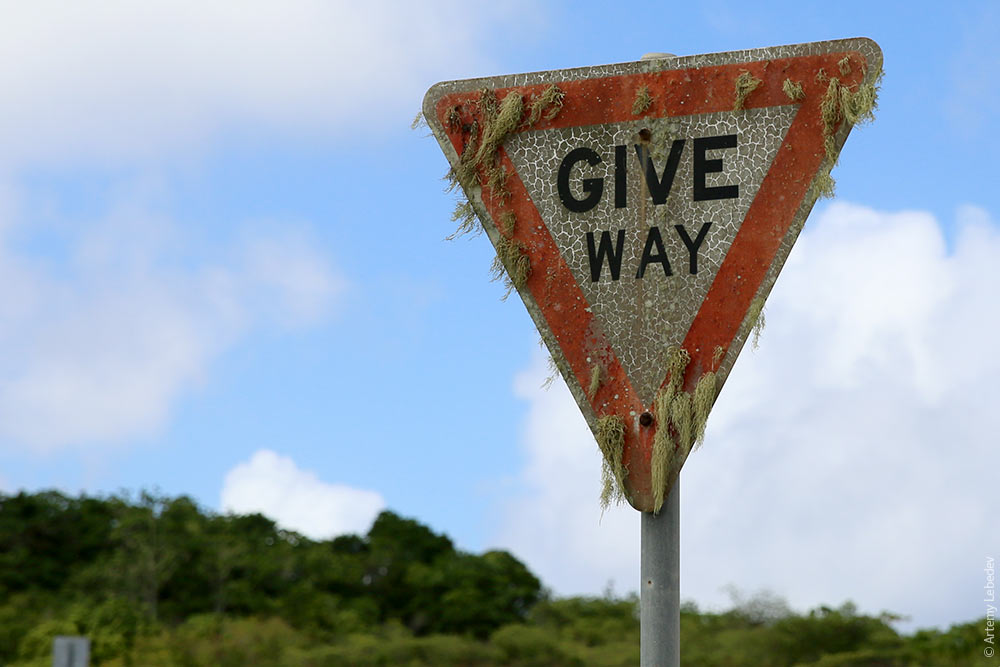 |